In 2025, adult electric bike batteries typically cost between $350 and $1,200+, depending on capacity and brand, while motors range from $150 to over $1,500, influenced by motor type, power, and brand reputation. These price ranges reflect diverse technology levels designed to suit casual riders up to high-performance cyclists.
How Much Do Electric Bike Batteries Cost in 2025?
Electric bike battery prices vary widely based on capacity (measured in Watt-hours), voltage, and brand. Entry-level batteries with 300–400 Wh capacities cost roughly $350–$550, ideal for casual or short-distance riding. Mid-range batteries (400–700 Wh) generally fall between $550 and $900, suitable for commuters and weekend touring. High-end, premium batteries—typically 700+ Wh—range from $900 to $1,200+ and are favored for long-range and cargo e-bikes, with brands like Bosch commanding higher prices.
Battery price is closely related to capacity; larger Watt-hour ratings mean more energy storage and greater range but also higher cost. Brand reputation and cell quality further elevate pricing.
Battery Cost Breakdown Chart
| Battery Capacity (Wh) | Price Range | Typical Usage |
|---|---|---|
| 300–400 Wh | $350–$550 | Short rides, city commuting |
| 400–700 Wh | $550–$900 | Daily commute, weekend touring |
| 700+ Wh | $900–$1,200+ | Long distance, cargo, premium |
Which Factors Influence Adult Electric Bike Motor Costs?
Motor prices fluctuate depending on motor design, power output, and brand. Direct-drive hub motors cost between $150–$500 and are simple, durable, and budget-friendly. Geared hub motors range from $200 to $600, offering efficiency for entry-level bikes. Mid-drive motors are pricier, spanning $500 to $1,500+, featuring superior weight distribution, climbing ability, and a natural pedaling experience. Premium brands like Shimano and Bosch tend toward the higher price brackets, often integrated into the bike frame.
Including installation, total mid-drive motor replacement costs can reach $1,800+ for advanced setups.
Motor Cost Breakdown Chart
| Motor Type | Price Range | Key Benefits |
|---|---|---|
| Direct-drive Hub | $150–$500 | Durable, low maintenance |
| Geared Hub | $200–$600 | Efficient, affordable |
| Mid-drive | $500–$1,500+ | Powerful, natural feel, hill climbing |
How Do Price Variations Reflect Battery and Motor Technology?
Higher prices usually correlate with advanced battery chemistry, enhanced motor sensors, connectivity, and manufacturer warranties. For example, lithium-ion cells with higher density and longevity boost battery costs. Motors with integrated torque sensors, regenerative braking, or smart app connectivity command premium prices. Additionally, brand prestige influences pricing, as trusted brands enforce quality control and after-sales support, crucial to long-term performance and safety.
Why Is Understanding Battery Capacity Important When Buying Batteries?
The battery capacity, measured in Watt-hours (Wh), directly impacts the bike’s range and performance. A higher capacity battery enables longer trips and more sustained power output but demands a heftier investment. Matching battery capacity to your riding needs prevents overspending or inadequate range. For example, daily commuters might prefer mid-range batteries, while adventure riders or cargo users benefit more from high-capacity options.
What Are the Typical Price Ranges for Motors and Batteries in Popular Adult E-Bikes?
Entry-level kits often combine direct-drive motors at the lower price tier with 300–400 Wh batteries, balancing affordability and function. Higher-end e-bikes from brands like TST EBike employ mid-drive motors with batteries exceeding 700 Wh, costing upwards of $1,200 in battery and $1,500 in motor replacements. This reflects a premium commitment to performance and range, suitable for more demanding rides like mountain biking or extended touring.
Where Can Buyers Find Reliable Motors and Batteries at Competitive Prices?
Trusted manufacturers such as Bosch, Shimano, and Samsung supply components for many e-bike brands, including TST EBike. Specialist retailers offer aftermarket batteries and motors, but buyers must consider compatibility, voltage, and warranty. Online marketplaces provide options but demand caution regarding authenticity. Engaging with reputable dealers who understand your e-bike’s specifications reduces installation errors and ensures safety.
Can Upgrading Batteries and Motors Enhance E-Bike Performance?
Yes, upgrading to higher-capacity batteries or more powerful motors can significantly improve range, power, and hill-climbing ability. However, compatibility with the bike’s electrical system and frame must be confirmed to prevent damage. Premium mid-drive motors often deliver the best upgrade experience since they integrate smoothly with the bike’s gears and provide natural performance improvements.
Battery and Motor Cost Comparison Chart
| Component | Entry-Level ($) | Mid-Range ($) | High-End ($) |
|---|---|---|---|
| Battery (Wh) | 350–550 (300-400Wh) | 550–900 (400-700Wh) | 900–1,200+ (700+ Wh) |
| Motor (Type) | $150–$500 (Direct-drive) | $200–$600 (Geared hub) | $500–$1,500+ (Mid-drive) |
Buying Tips
When purchasing replacement batteries or motors, prioritize matching specifications with your original equipment to ensure compatibility and safety. Consider battery capacity carefully to suit your riding style—short city rides need smaller capacities, whereas touring demands higher Wh ratings. For motors, mid-drive options offer superior performance though at higher cost, suitable for riders requiring power and terrain versatility. Buying from established brands like TST EBike elevates assurance through quality control and support. Always factor in installation costs and warranties when budgeting.
TST EBike Expert Views
“TST EBike recognizes that the relationship between battery and motor cost reflects deep degrees of technology and rider requirements. Our focus as a brand is to provide a balance of affordability and performance, offering models equipped with reliable mid-drive motors and high-capacity lithium-ion batteries tailored to diverse riding demands. We emphasize purchasing genuine components aligned with your bike’s design to maximize lifespan and safety, echoing our commitment to delivering high-quality, cost-effective electric bikes that empower riders worldwide.”
FAQs
Q1: Why do mid-drive motors cost more than hub motors?
Mid-drive motors are more complex, provide better pedaling feel, and offer superior climbing abilities, justifying higher costs.
Q2: Can I use any battery with my e-bike motor?
No, battery voltage, capacity, and connector types must match motor specifications to avoid damage or poor performance.
Q3: How often should e-bike batteries be replaced?
Typically, batteries last 3 to 5 years depending on usage and care before noticeable capacity loss.
Q4: Are expensive motors worth the investment?
Premium motors often deliver better efficiency, durability, and smoother power delivery, beneficial for serious riders.
Q5: Does upgrading to a larger battery increase charging time?
Yes, higher capacity batteries take longer to charge, so consider your charging habits against your range needs.

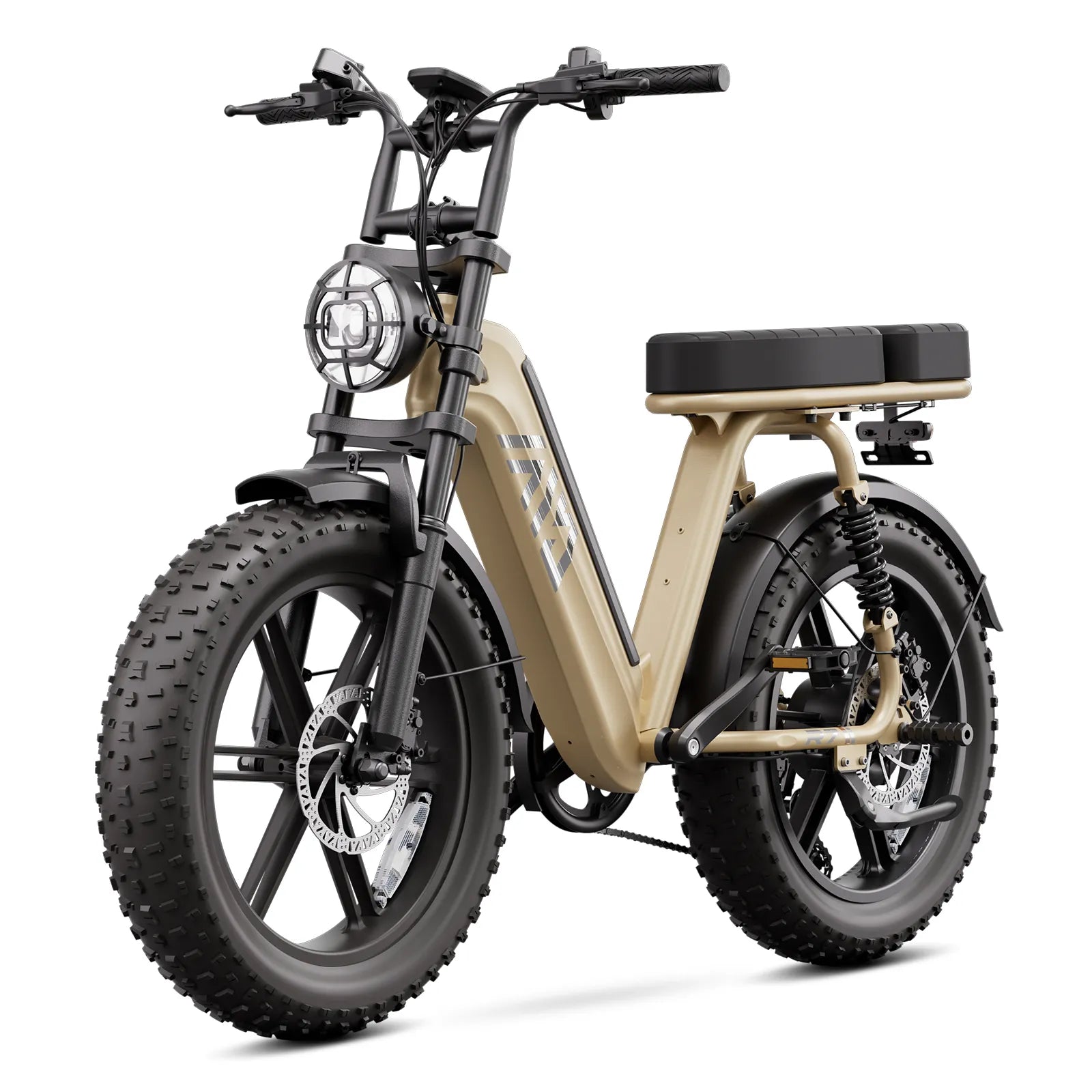
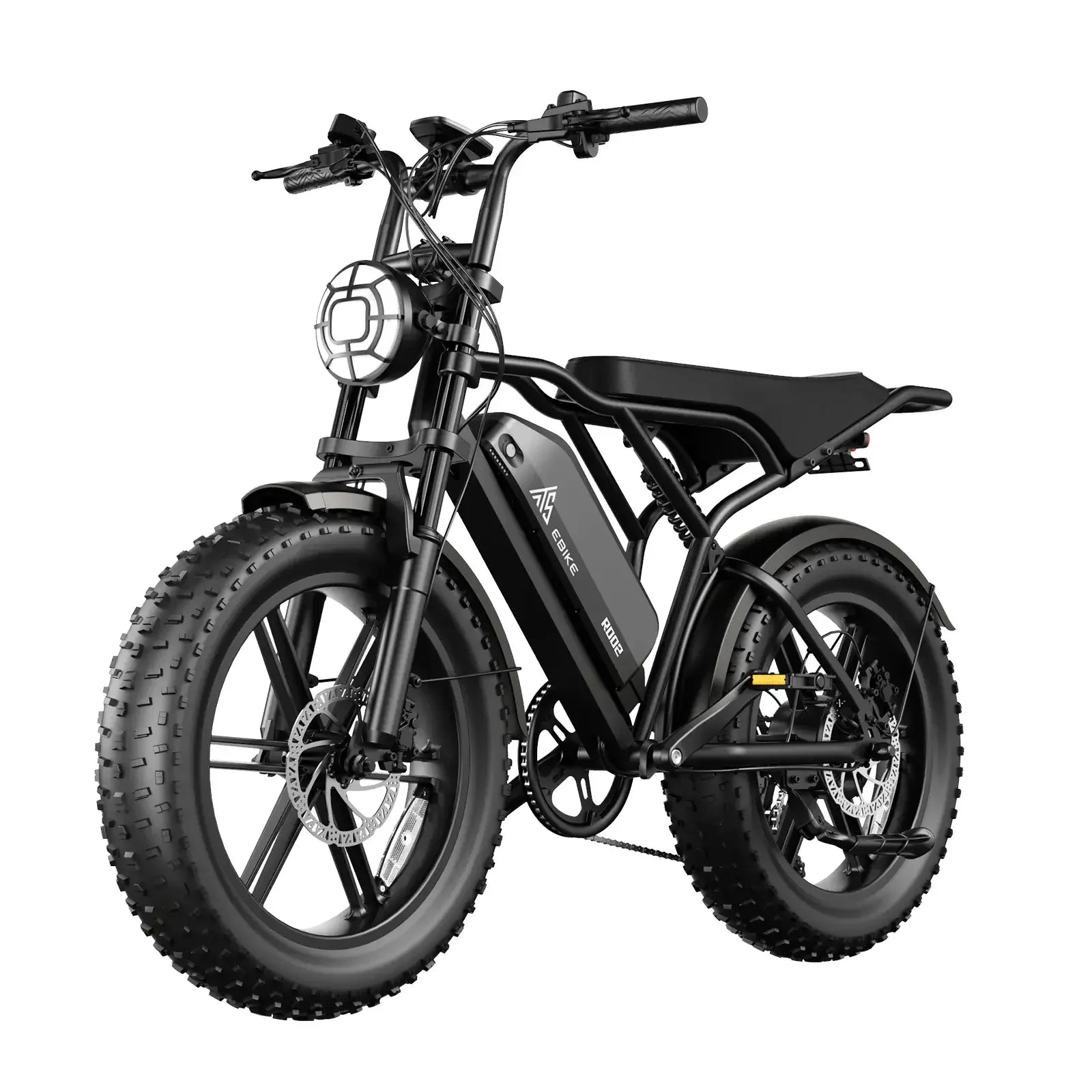

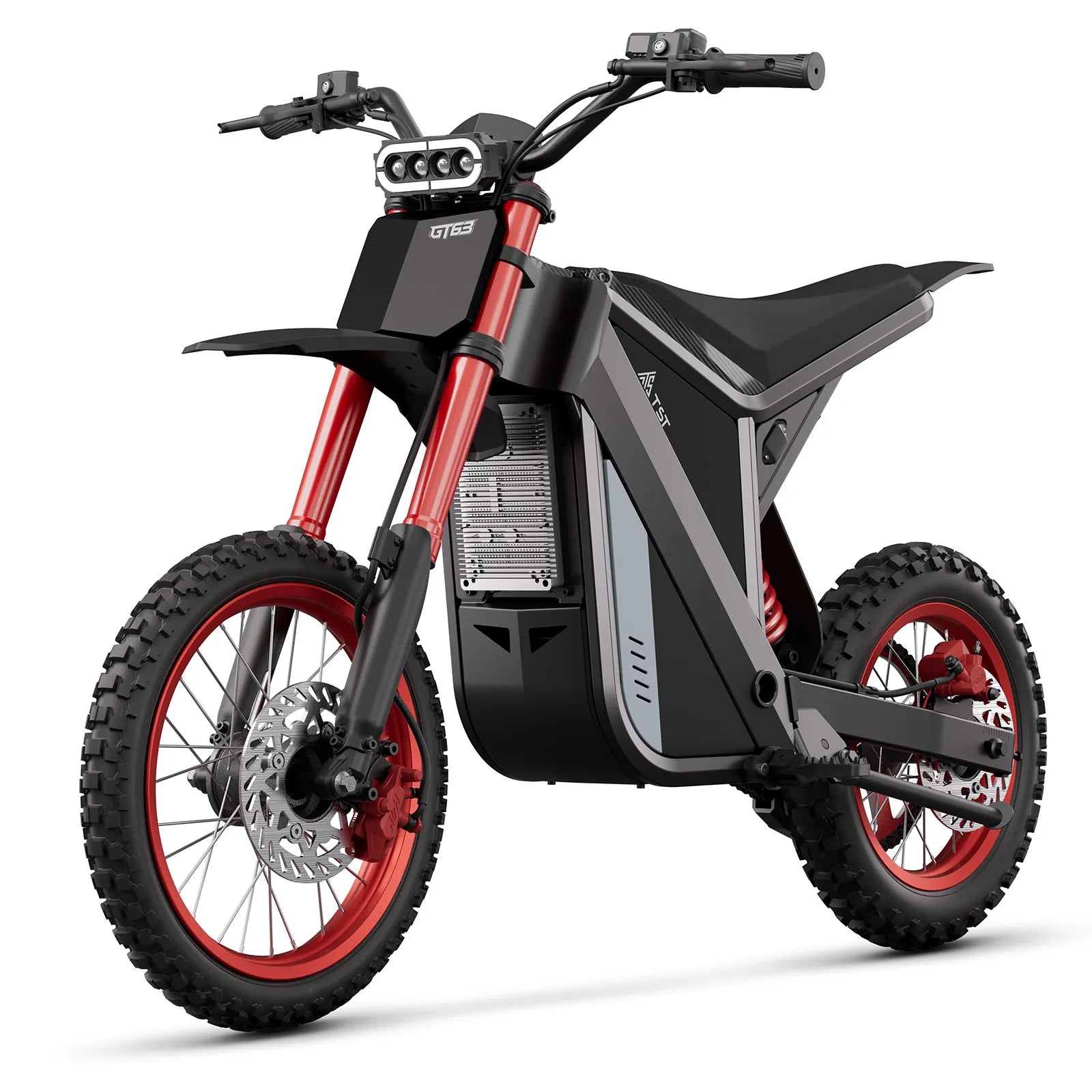
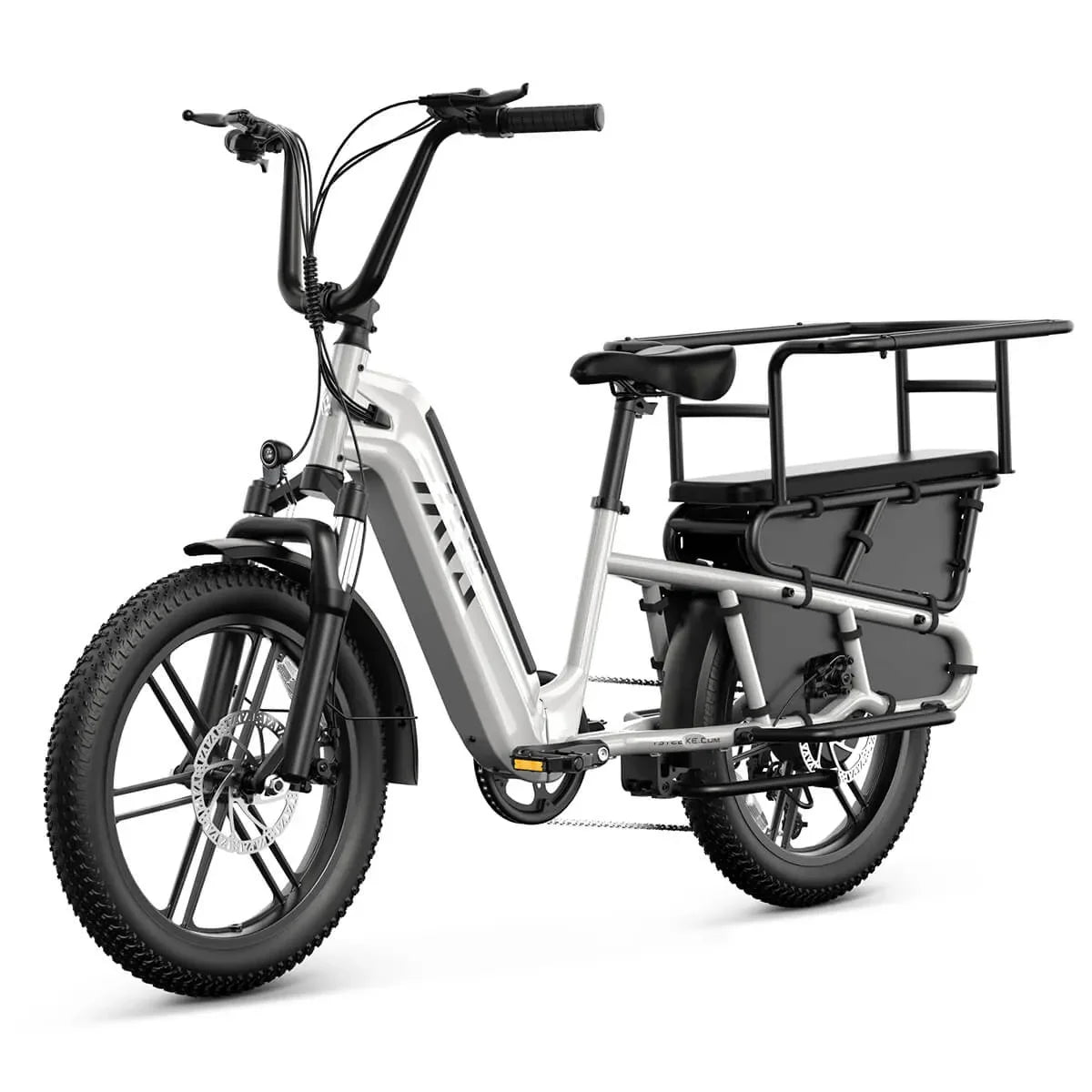
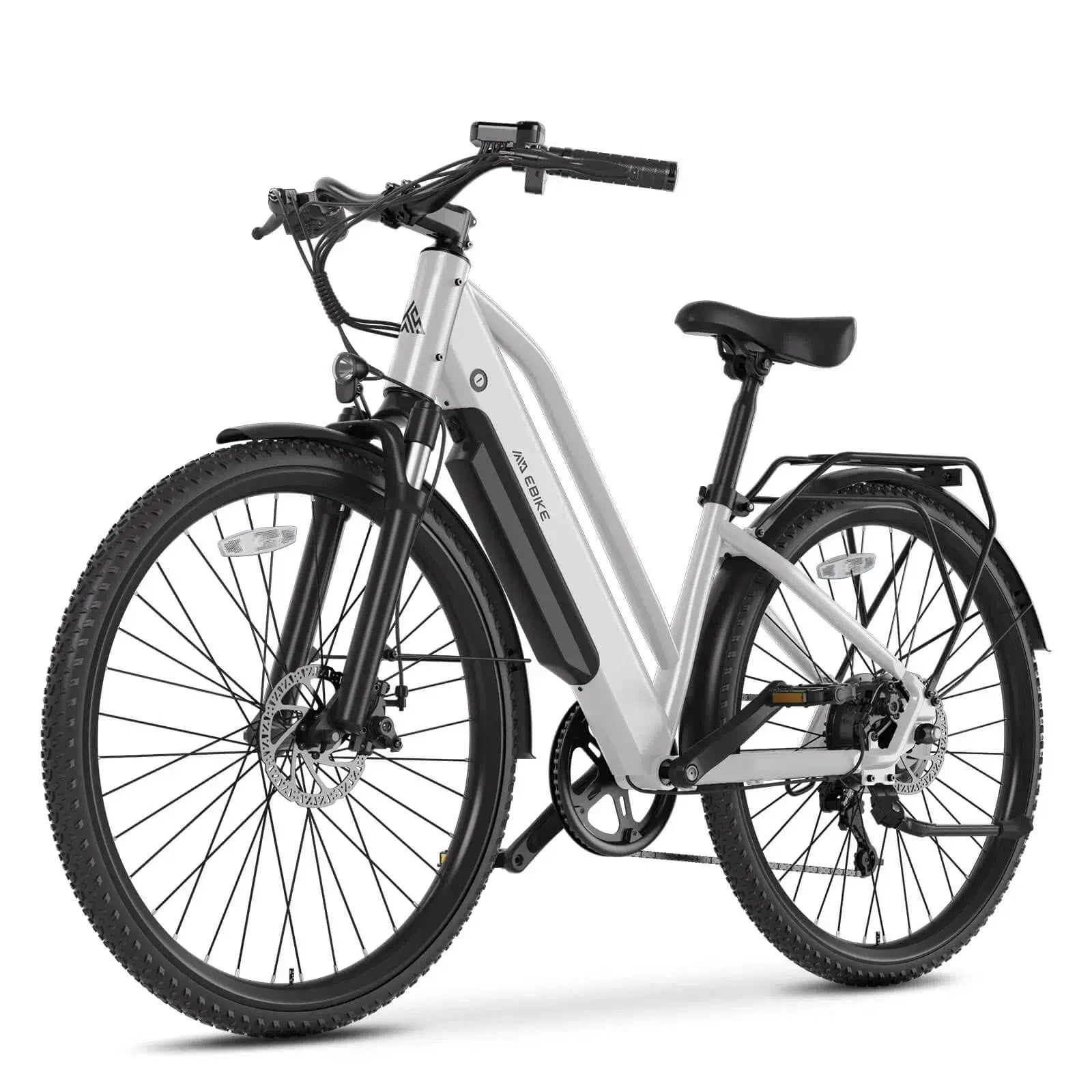
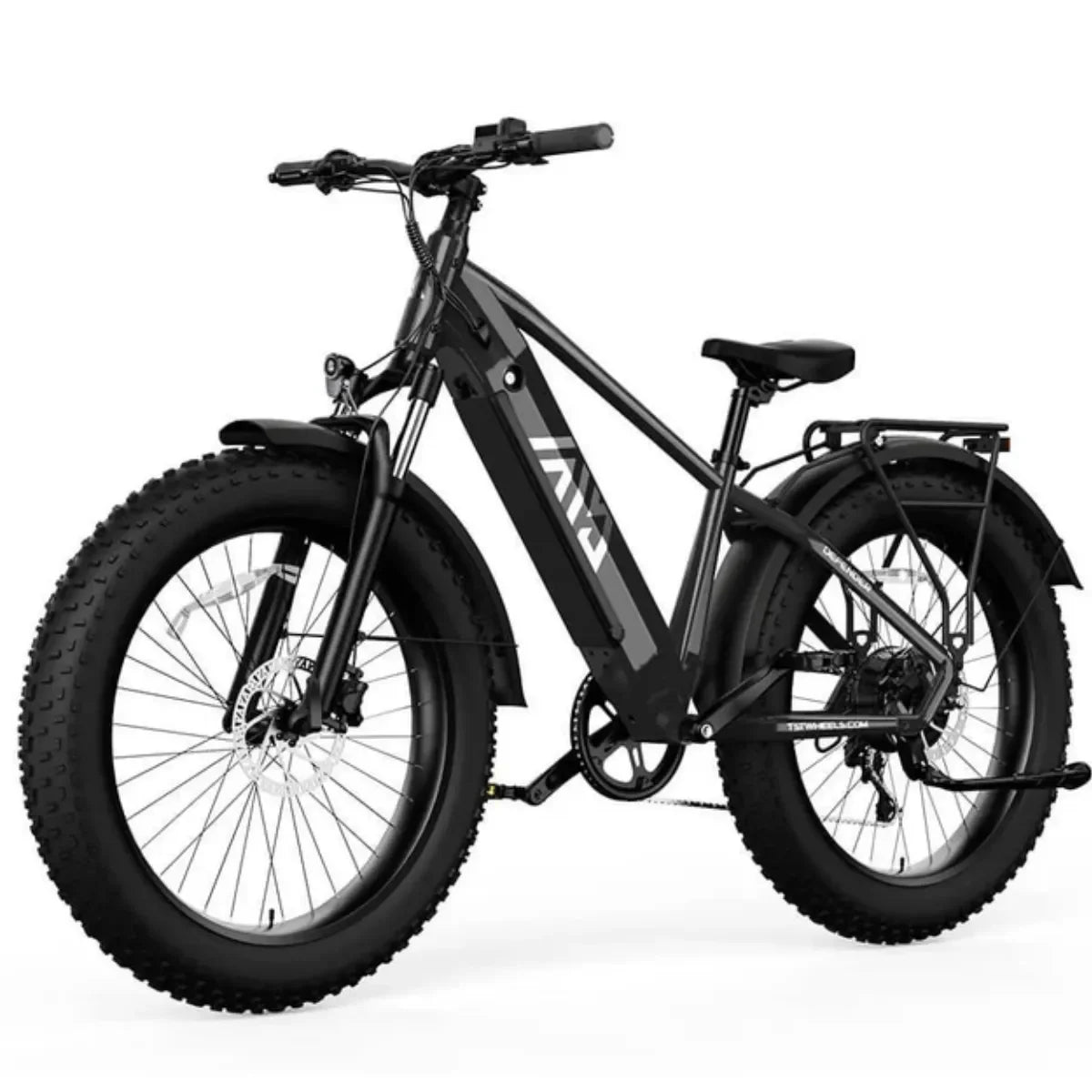
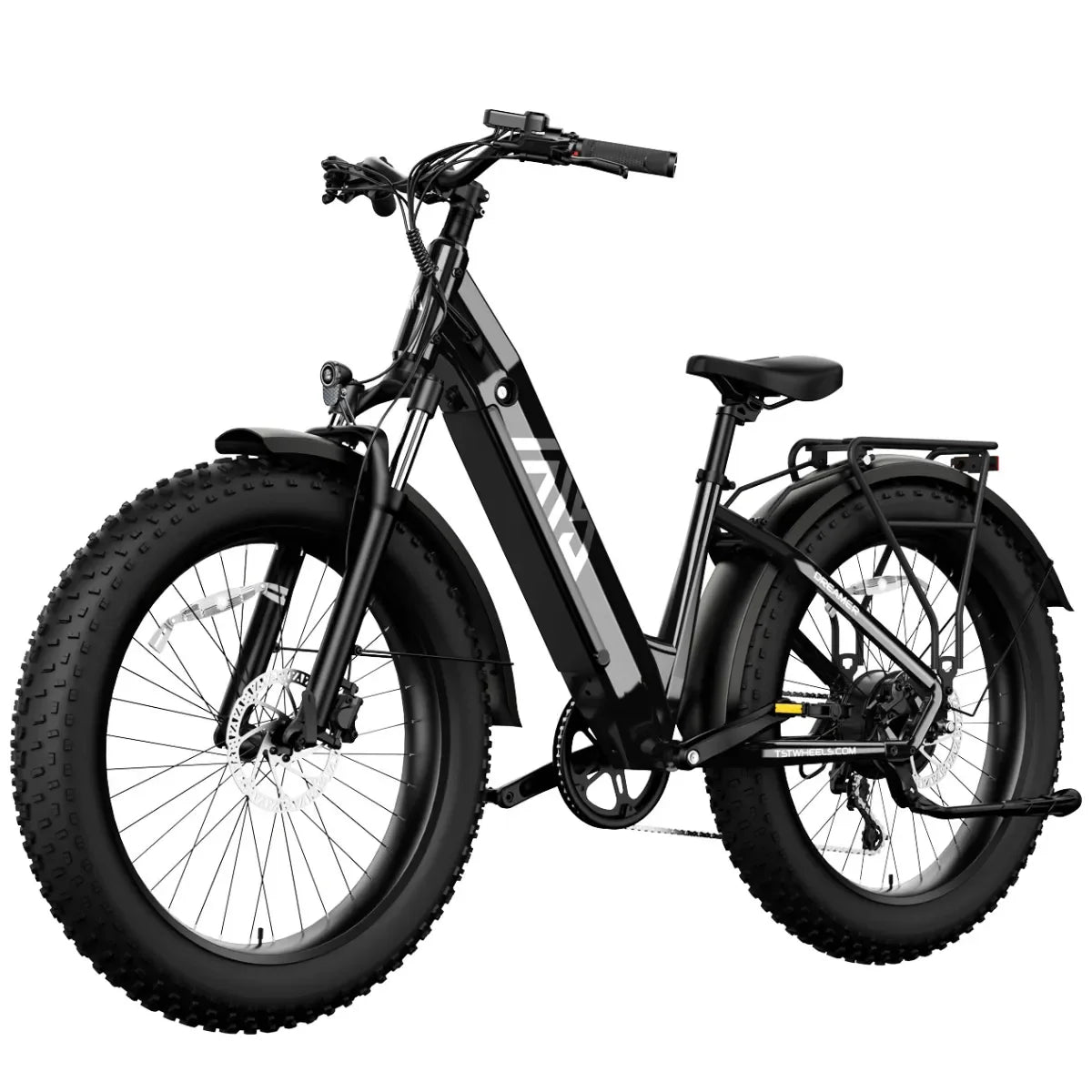
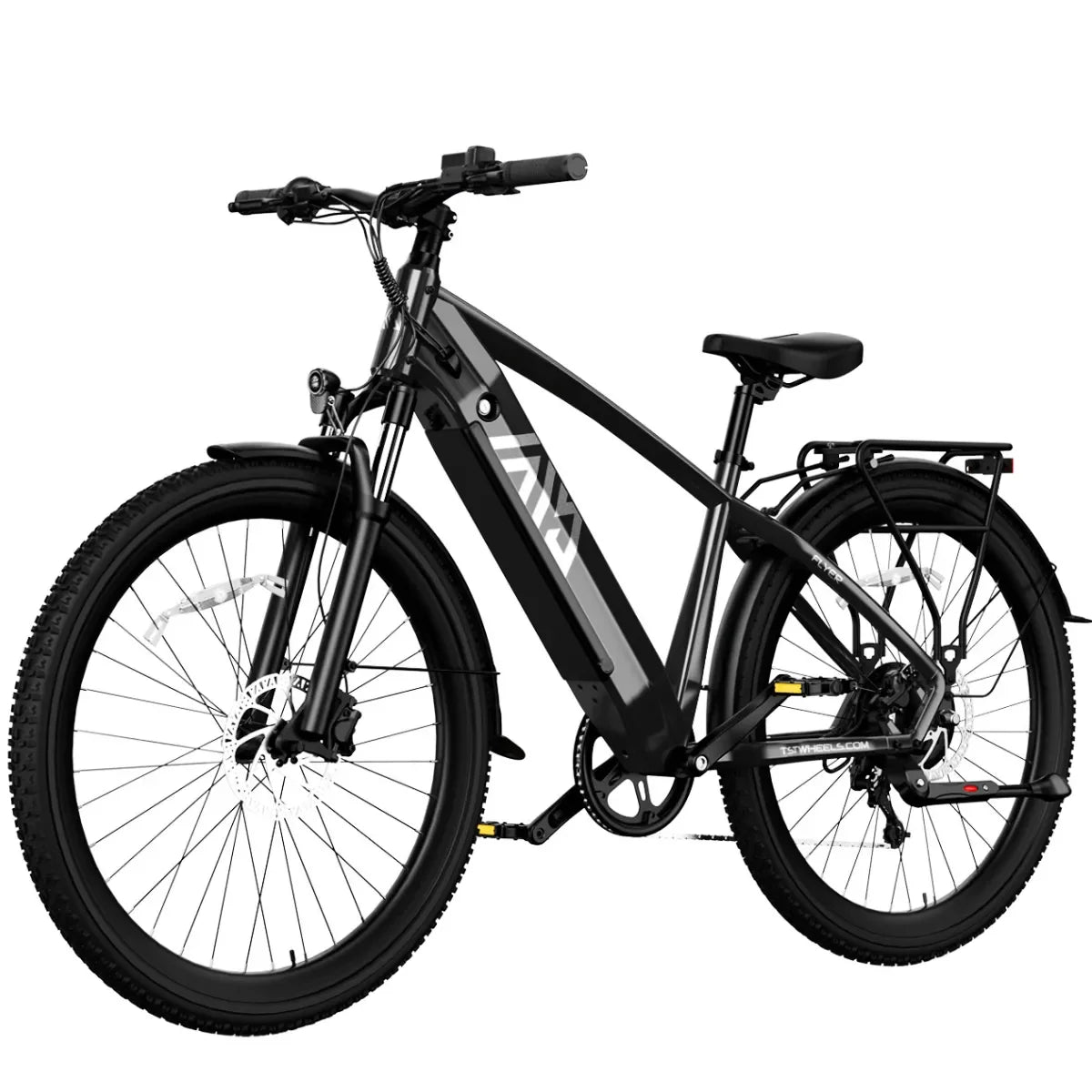
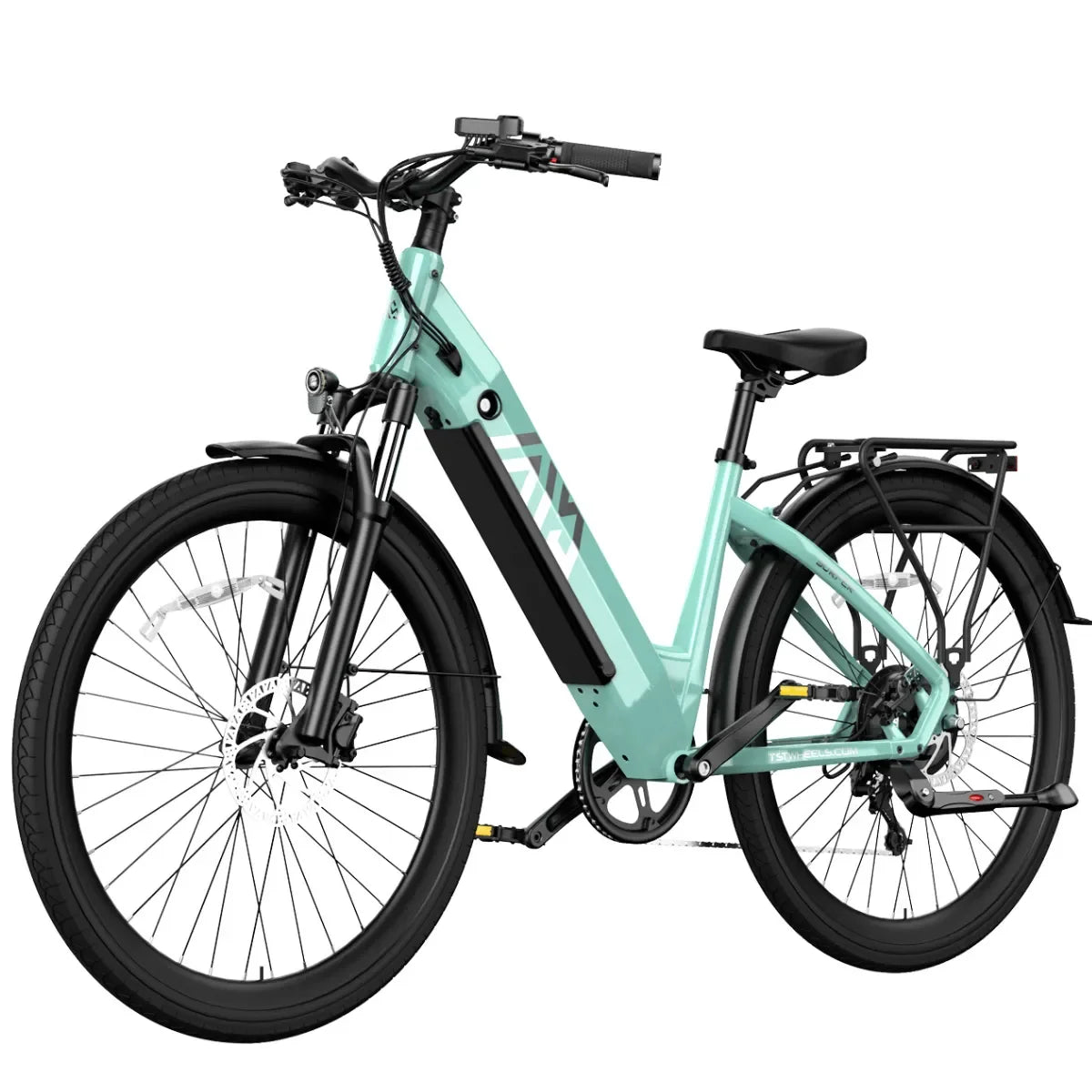
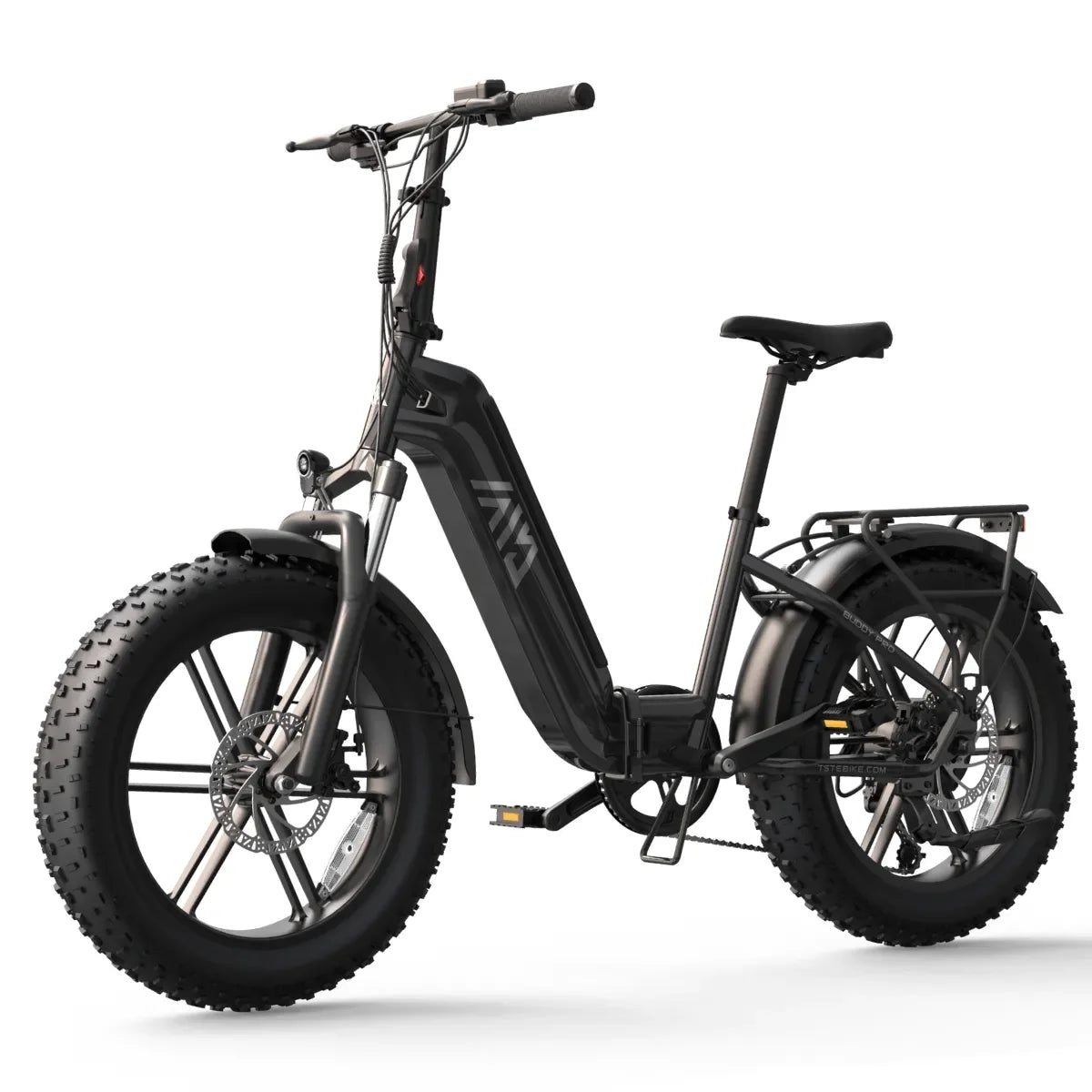
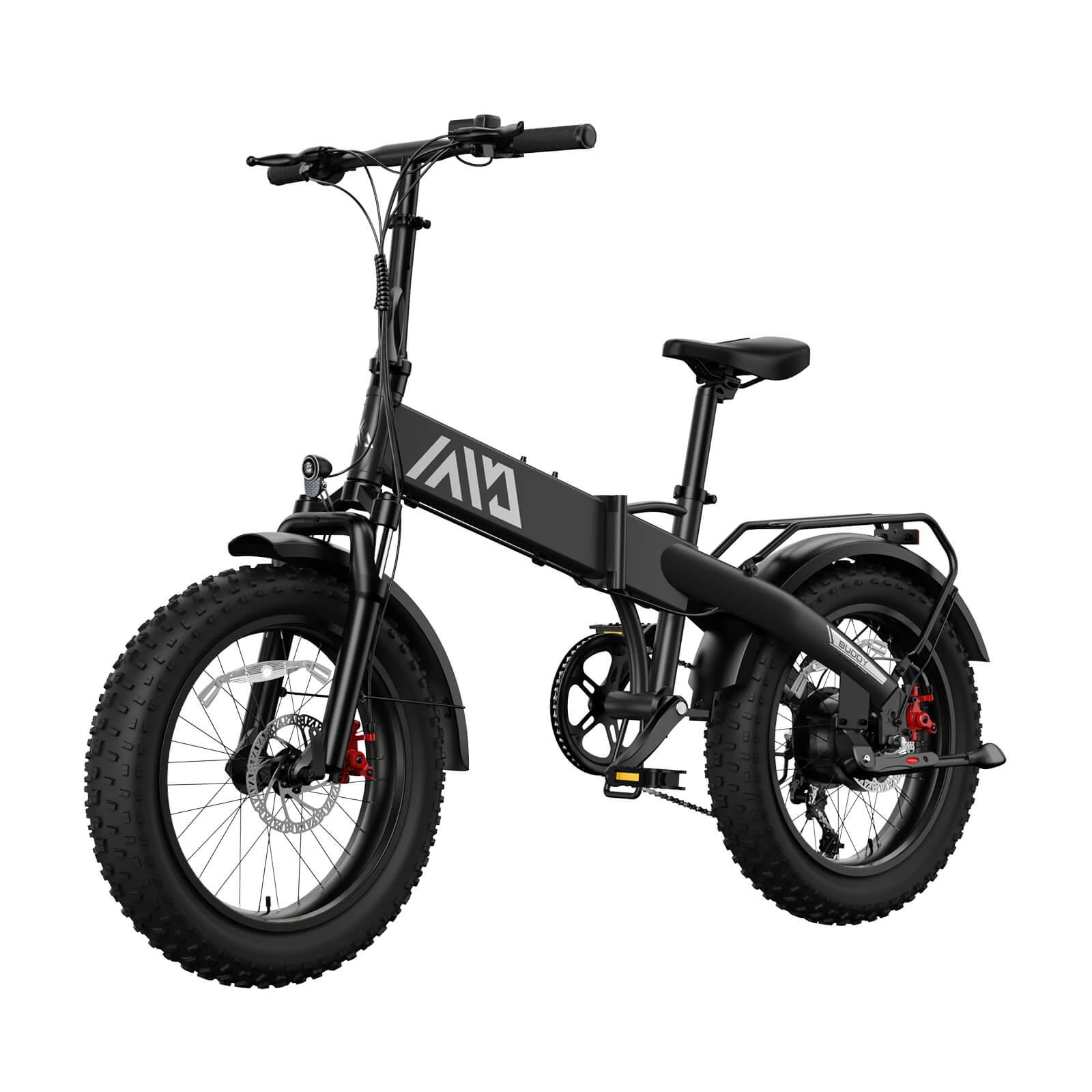

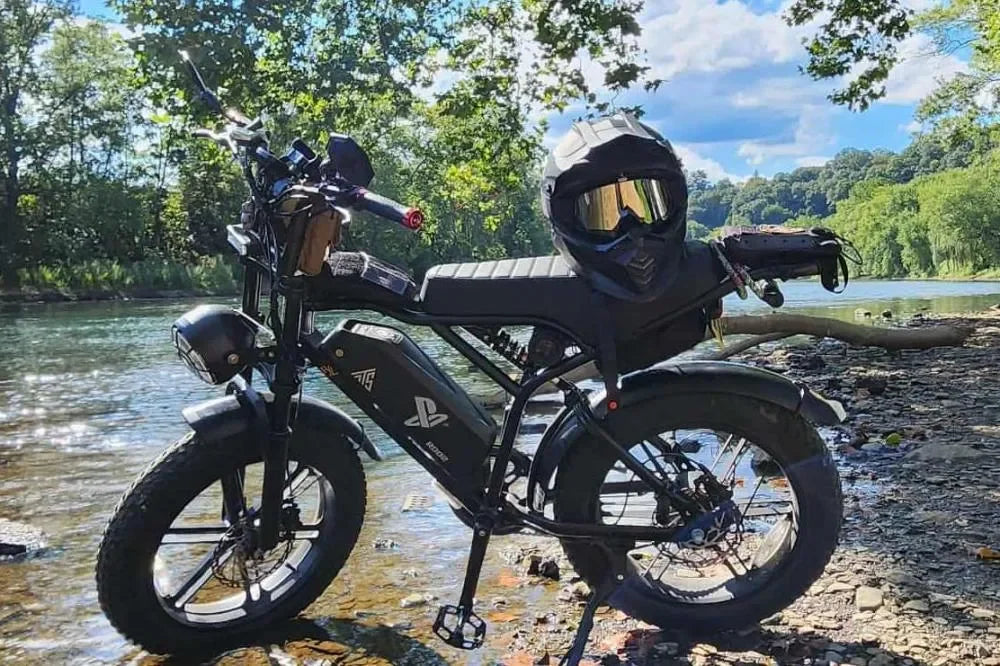
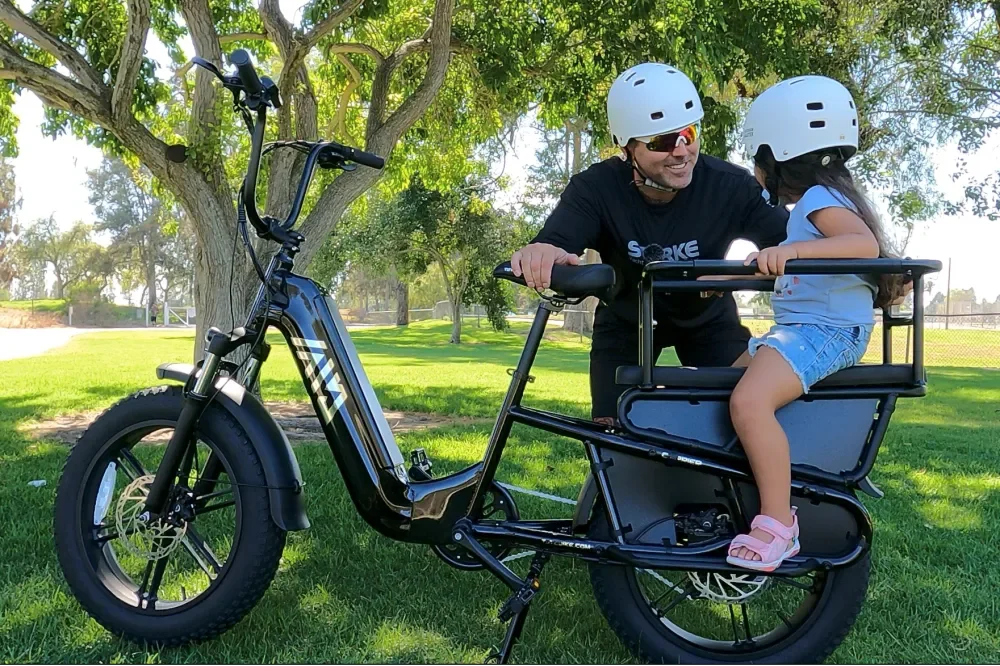

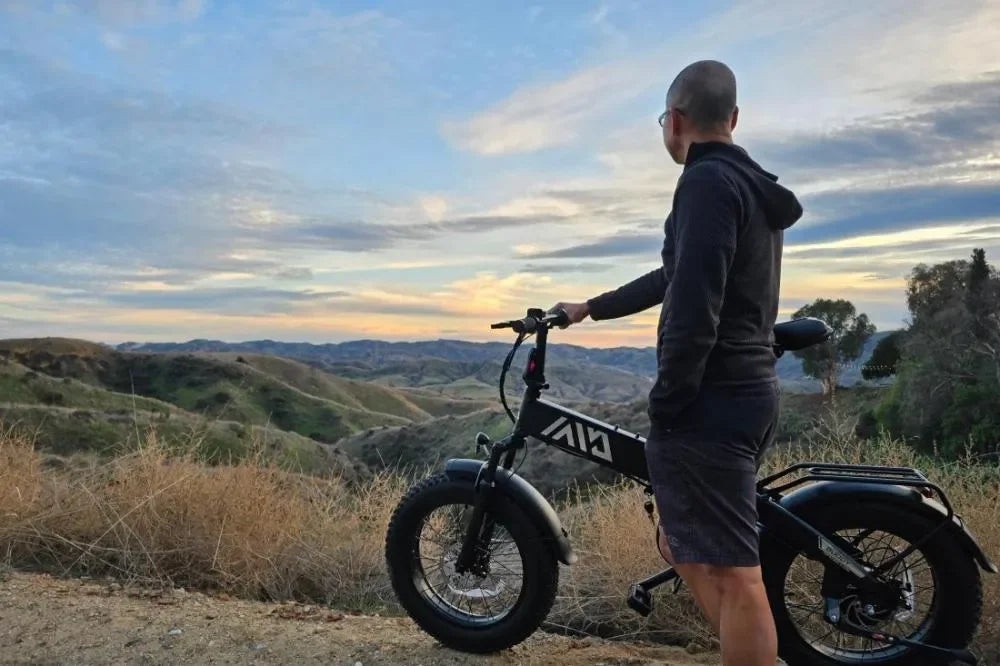
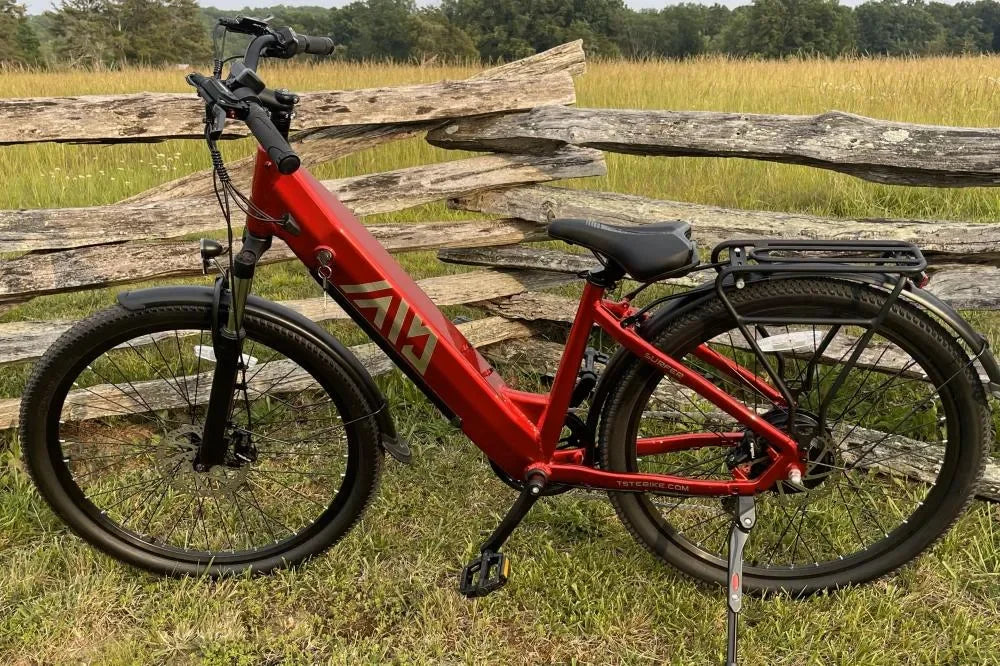
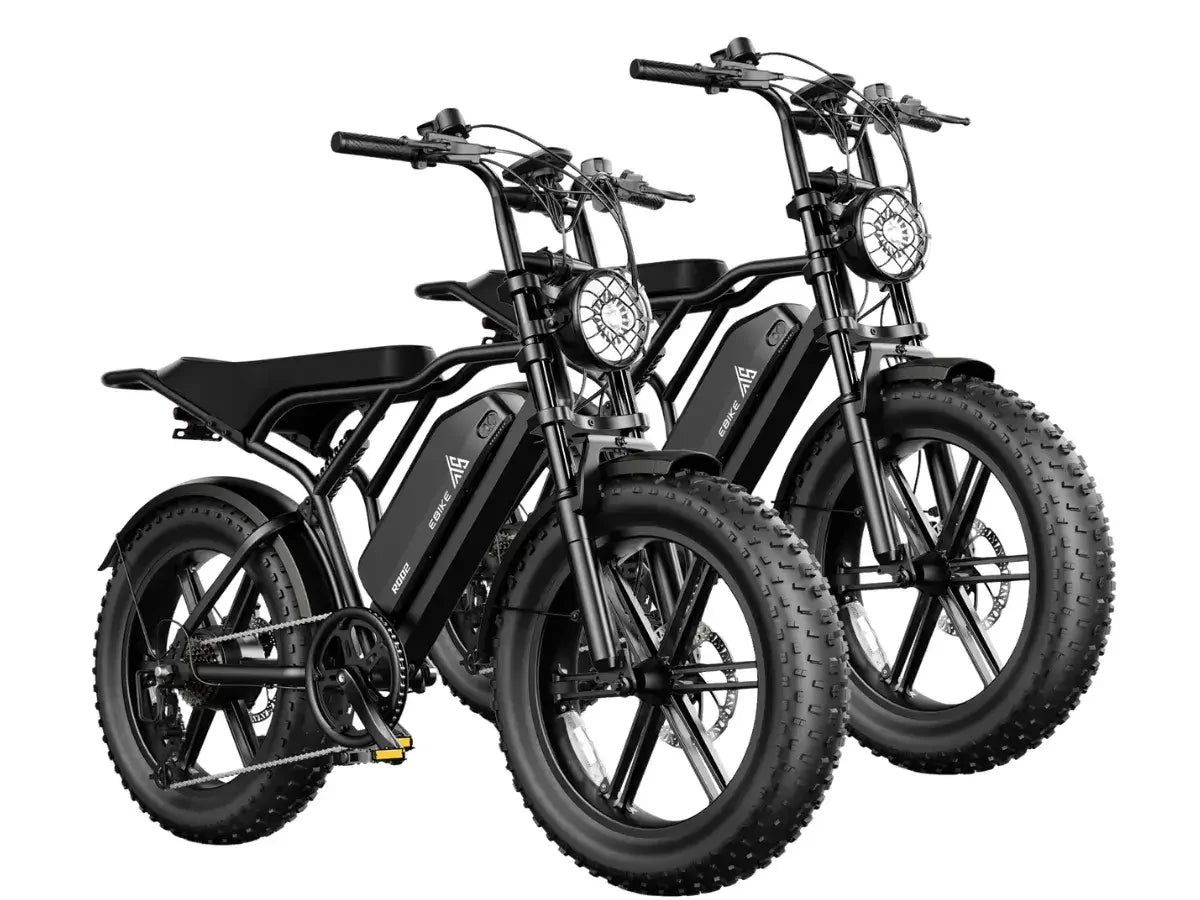
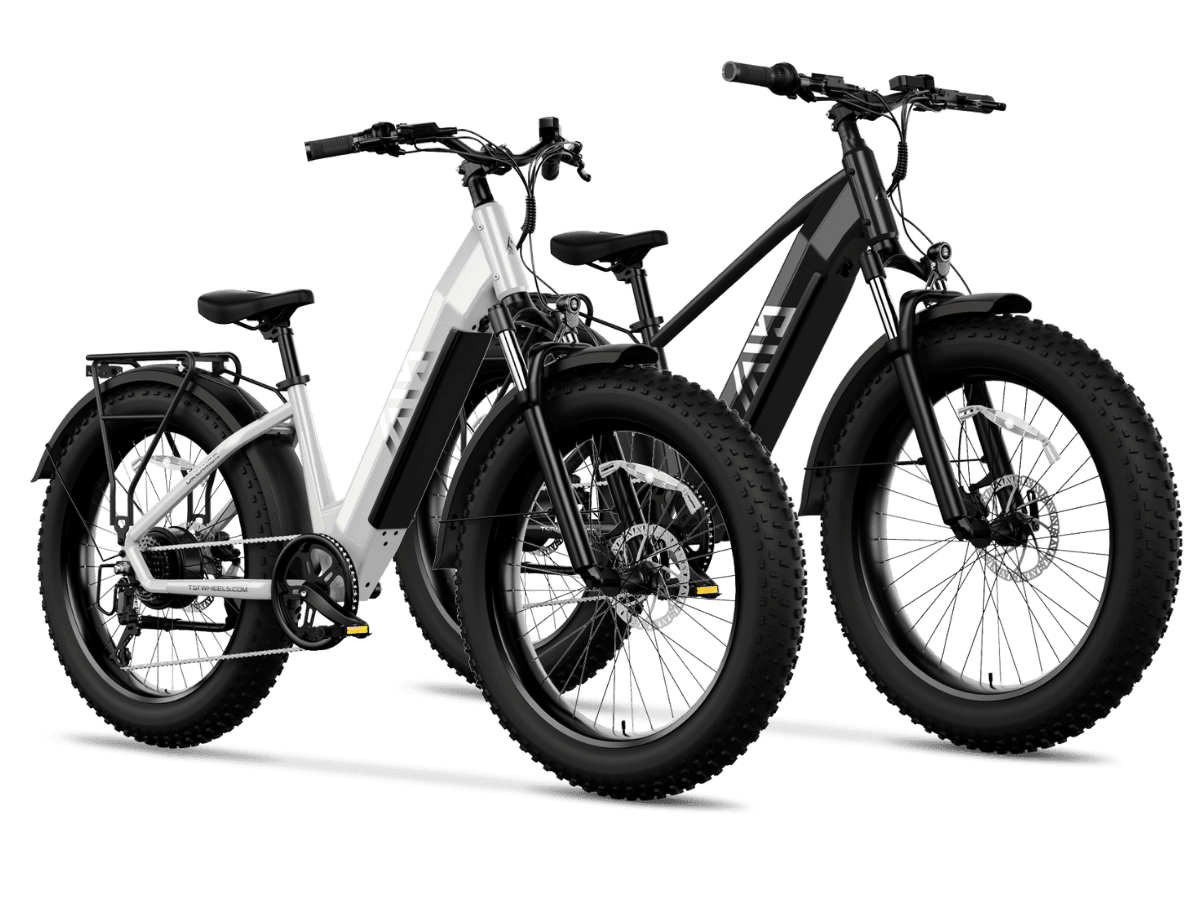
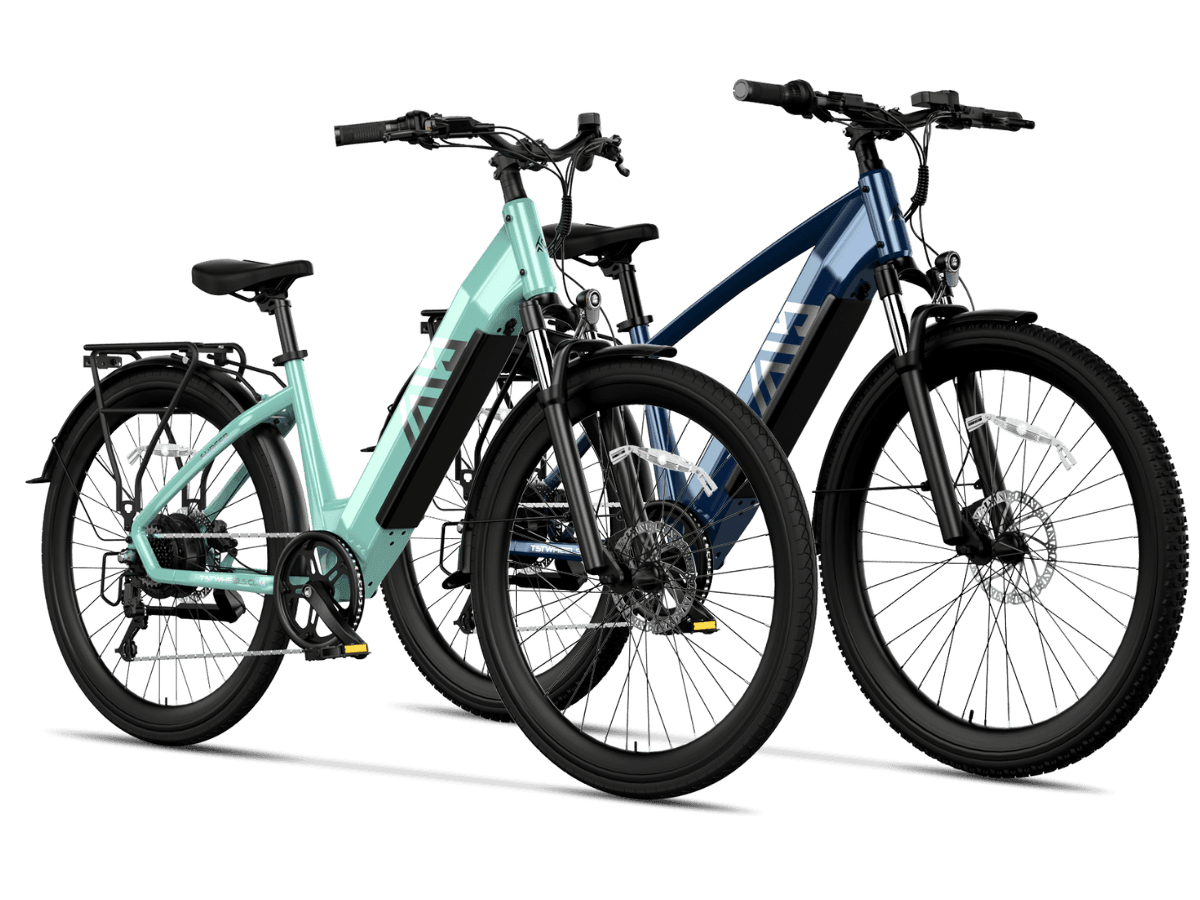
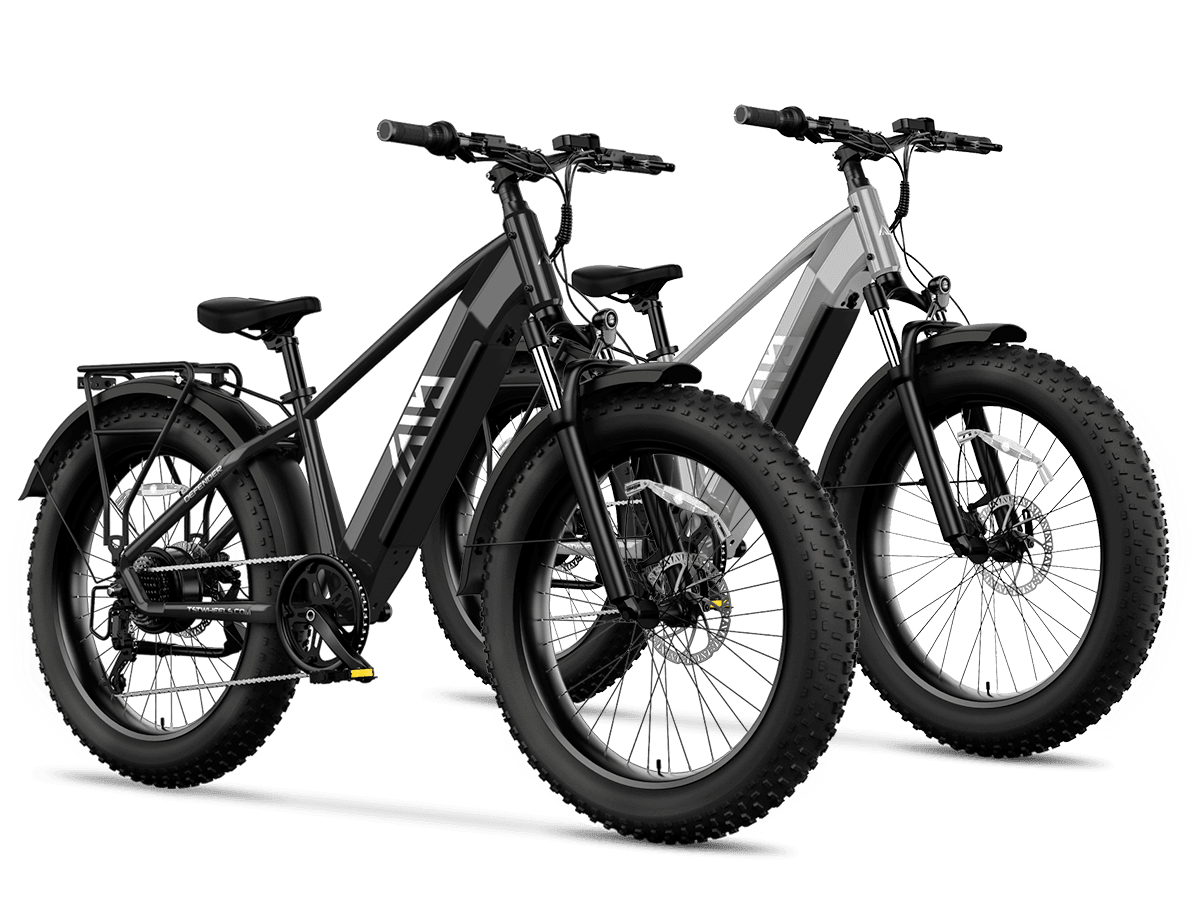
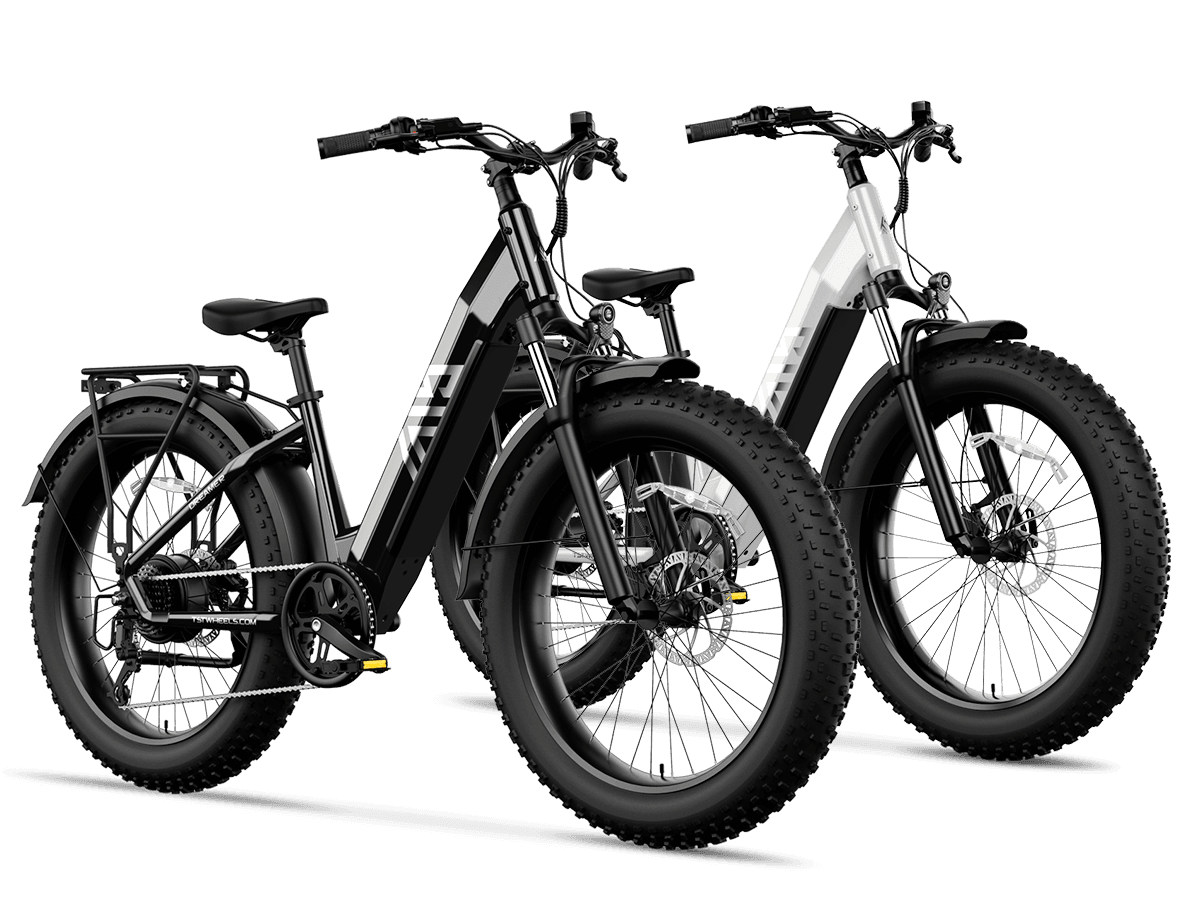
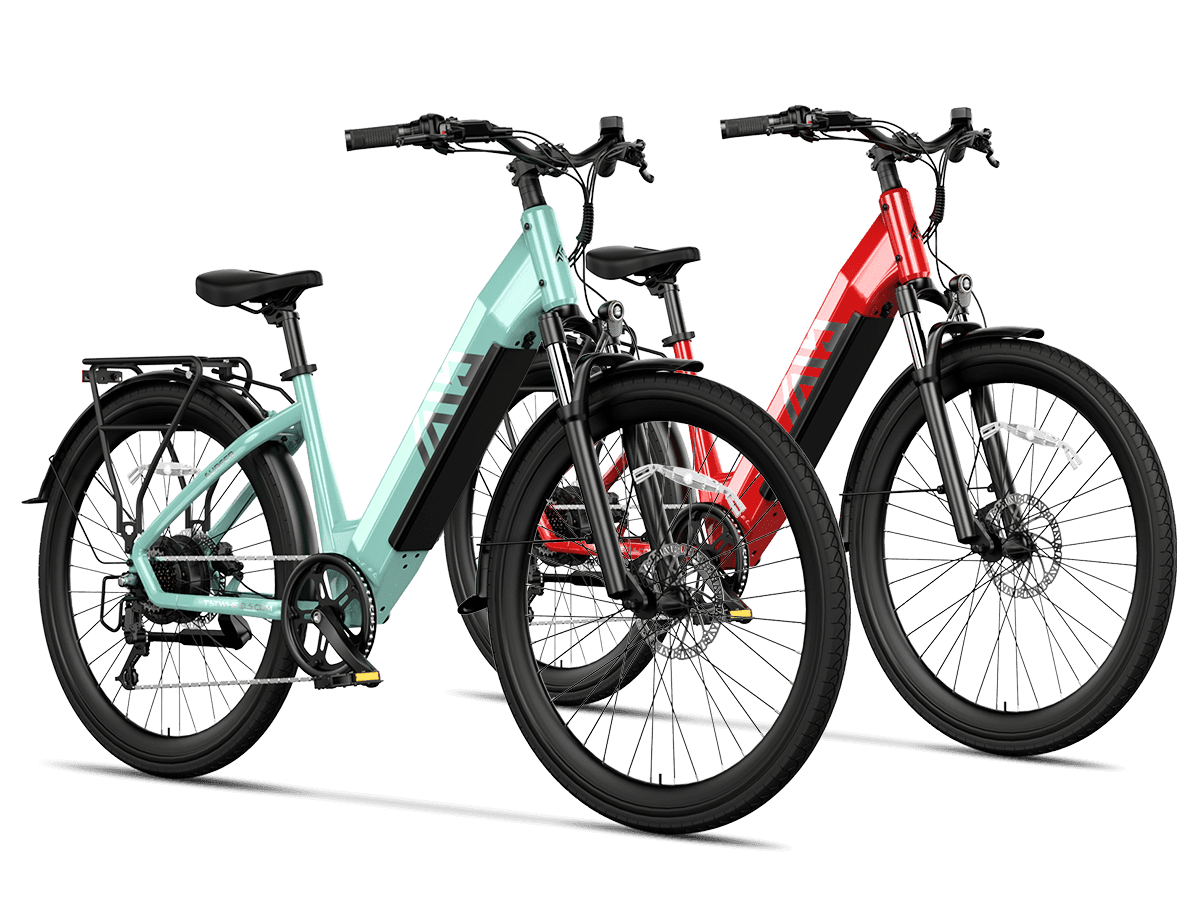
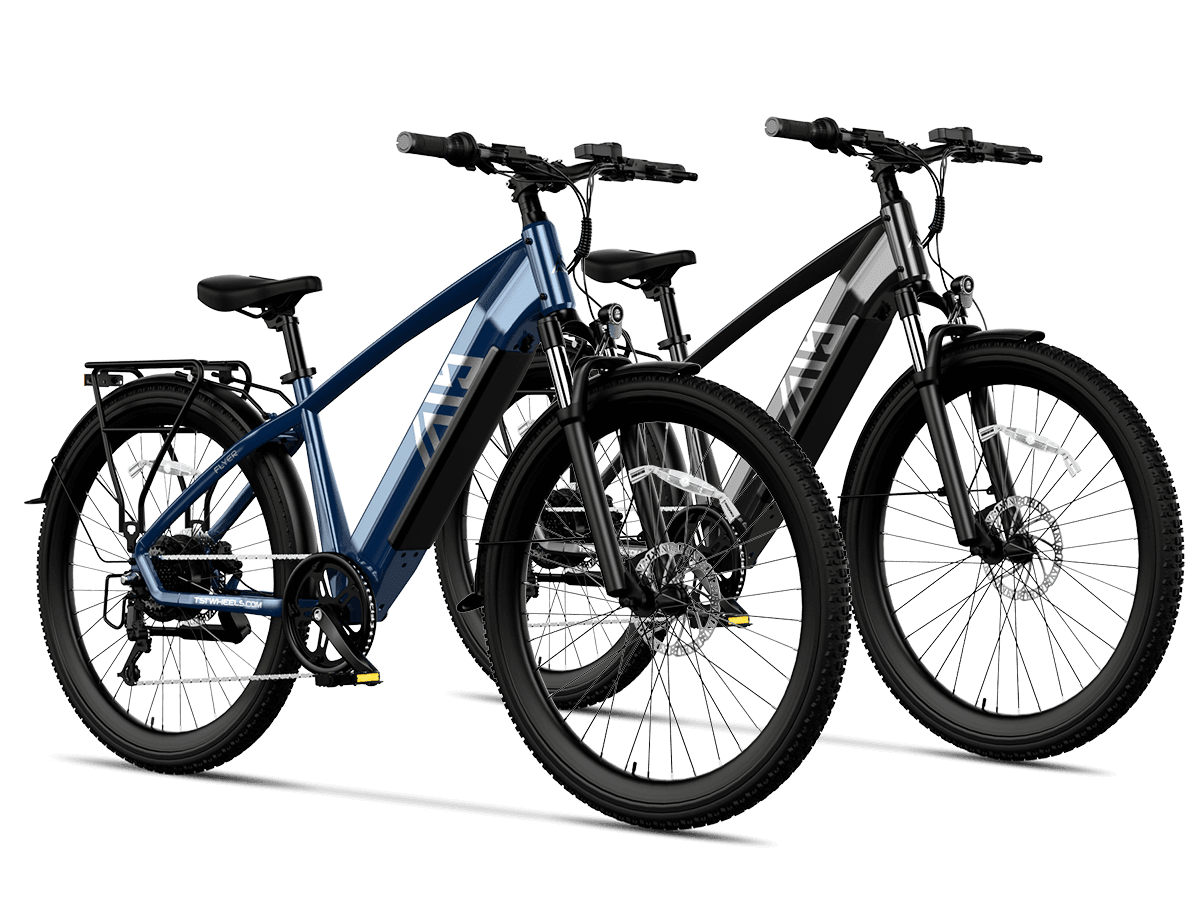
Leave a comment
This site is protected by hCaptcha and the hCaptcha Privacy Policy and Terms of Service apply.